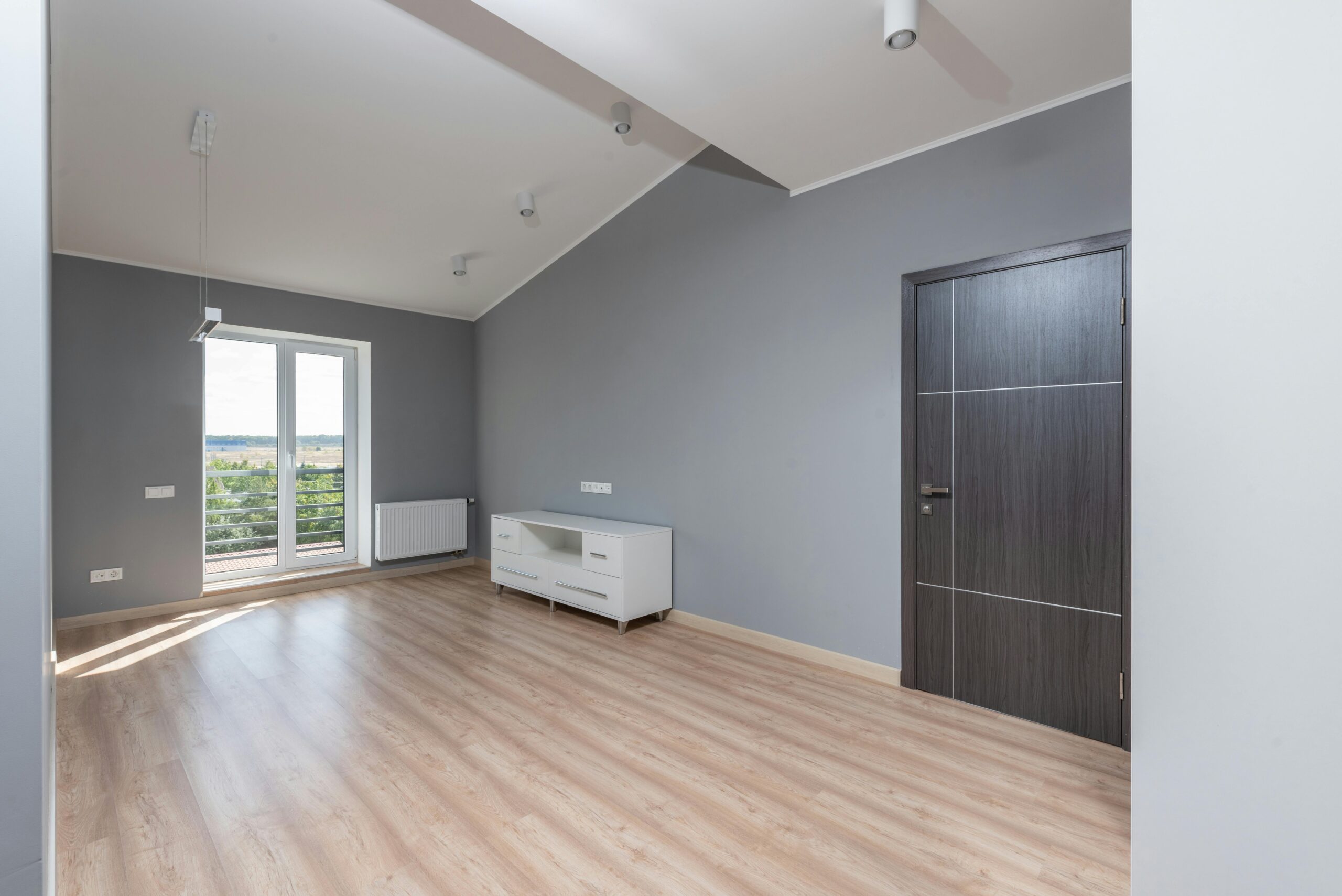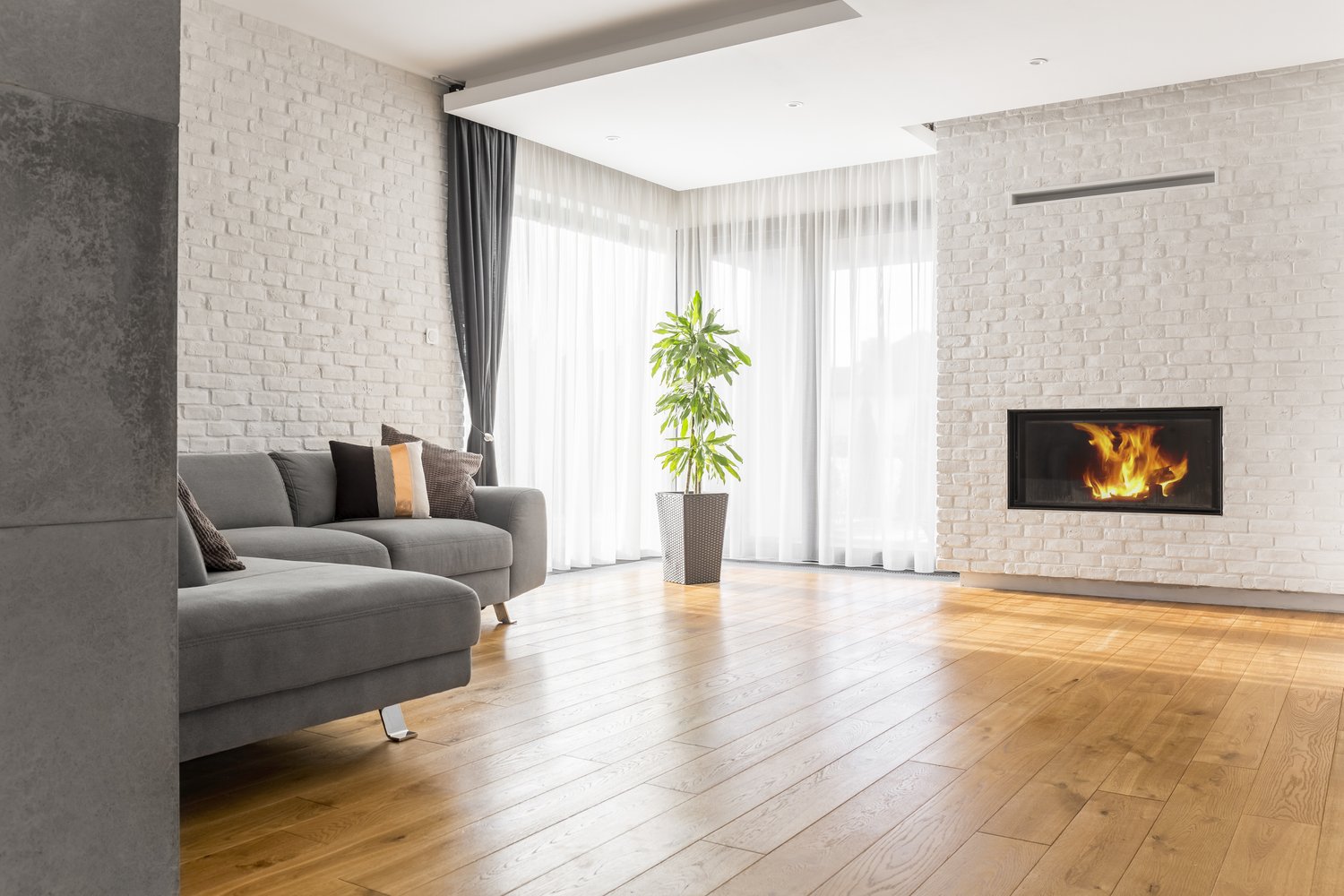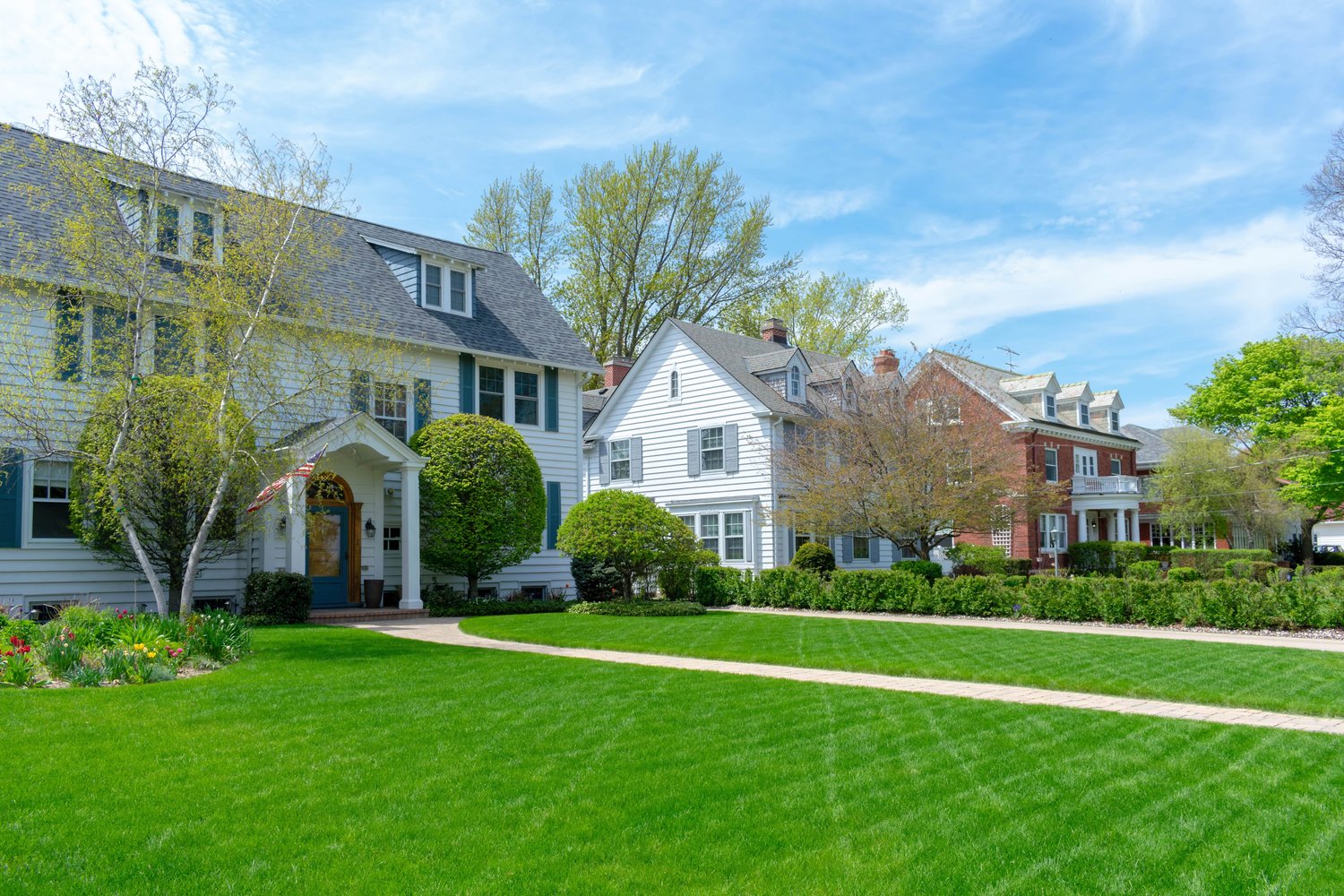Hardwood floors add warmth and elegance to any home, but they require proper care to maintain their beauty and longevity. Cleaning these surfaces incorrectly can lead to scratches, dulling, or even warping that may require expensive repairs. This article explores the safest and most effective methods to clean hardwood floors, recommends appropriate products for different finishes, and provides essential tips for daily and weekly maintenance to protect your investment for years to come.
Understanding Your Hardwood Floor Type
Before selecting a cleaning method, it’s crucial to identify what type of hardwood floor you have. Most modern homes feature hardwood with a polyurethane, urethane, or polyacrylic finish, which creates a protective seal over the wood. Older homes might have waxed or oiled floors, which require entirely different care. Check your flooring documentation or consult with a professional if you’re unsure. The finish determines how to maintain wood floors daily and weekly without causing damage.
Traditional solid hardwood is more susceptible to water damage than engineered hardwood, but both require careful attention. Even the most water-resistant finishes can be compromised if exposed to standing water for extended periods. Understanding your specific floor type is the first step in learning how to clean hardwood floors safely with the best method and products.
Essential Daily Maintenance
The most important aspect of hardwood floor care is consistent, gentle maintenance. Daily sweeping or dust mopping removes the grit and dirt particles that act like sandpaper when walked on, gradually scratching and dulling your floor’s finish. Use a soft microfiber mop or cloth rather than a broom with stiff bristles that might scratch the surface.
For areas with higher traffic, consider more frequent attention. Entryways, kitchens, and hallways often accumulate more debris and benefit from twice-daily dust mopping. This simple routine significantly extends the life of your floor’s finish and reduces the need for more intensive cleaning. Placing mats at entrances and removing shoes indoors are additional ways to protect hardwood finish from unnecessary wear.
Safe Weekly Cleaning Methods
When it comes time for deeper cleaning, the key is to use minimal moisture. Vacuum with a floor-attachment setting that doesn’t employ a beater bar, which can damage the wood surface. Follow this with a damp-mop cleaning using the appropriate solution for your floor type.
For sealed floors, dampen a microfiber mop with a mixture of warm water and a pH-neutral, hardwood-specific cleaner. Many experts from AskHomey recommend avoiding vinegar, despite popular advice, as its acidity can gradually degrade certain finishes. The mop should be barely damp – never saturated. Excess water is the enemy of hardwood, potentially causing warping, cupping, or discoloration.
For oiled or waxed floors, water-based cleaning should be avoided entirely. Instead, use cleaners specifically formulated for these finishes, following manufacturer directions precisely. These specialized products help maintain wood floors without stripping away the protective oils or wax that seal the wood.
Recommended Cleaning Products
Not all floor cleaners are suitable for hardwood. Many all-purpose cleaners contain harsh chemicals that can dull or damage wood finishes over time. The best method and products for cleaning hardwood floors safely are those specifically formulated for your floor’s finish.
For polyurethane-finished floors, look for pH-neutral cleaners labeled specifically for hardwood. Brands like Bona, Method, and Black Diamond are widely recommended by flooring professionals. These products effectively remove dirt without leaving residue or damaging the protective layer.
Avoid products containing ammonia, bleach, or abrasive ingredients. Also steer clear of oil soaps, which can leave residue that makes refinishing difficult later. Steam cleaners, despite their popularity for other flooring types, should never be used on hardwood as they force moisture into seams and can cause long-term damage.
Dealing with Spills and Stains
Accidents happen, but quick action can prevent permanent damage. Immediately blot spills with a clean, absorbent cloth – never wipe, as this spreads the liquid. For sticky residues like food or grease, dampen a cloth with the appropriate hardwood cleaner and gently rub the area.
For tougher spots on sealed floors, a slightly damp cloth with a bit of baking soda can gently lift the stain without scratching. Always test any cleaning method in an inconspicuous area first, and never use harsh scrubbing or abrasive materials that could damage the finish.
Long-Term Protection Strategies
To protect hardwood finish over years, consider reapplying polyurethane or other sealants every 3-5 years, depending on wear. Use furniture pads under all table and chair legs, and lift rather than drag heavy items. Maintain consistent indoor humidity levels between 35-55% to prevent seasonal wood expansion and contraction.
Regular professional deep cleaning every 1-2 years can also extend your floor’s life. This service removes build-up that regular maintenance might miss and helps identify potential issues before they require costly repairs.
For more tips and to connect with reliable home service professionals, follow AskHomey on Facebook and Instagram.



